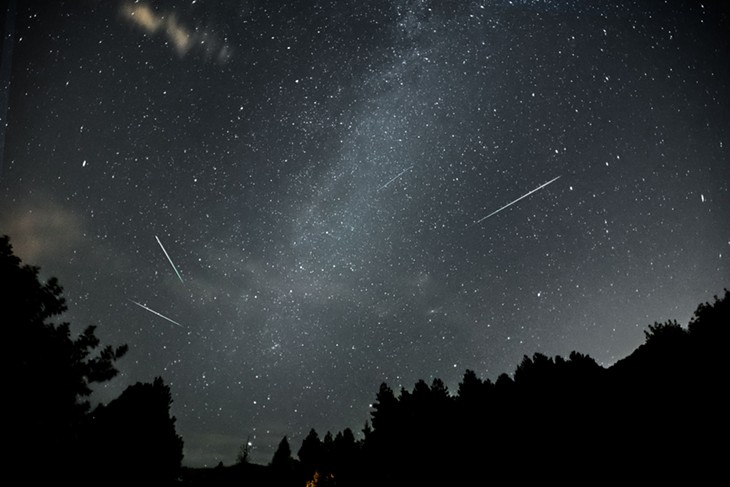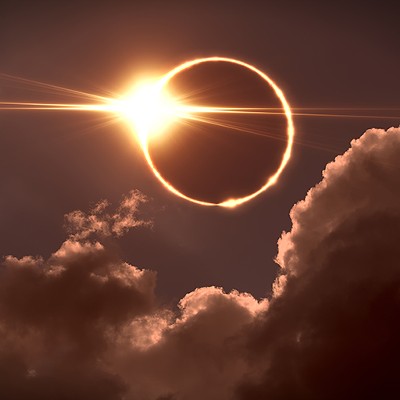The Geminids — mother of all meteor showers. While other showers are caused by Earth’s orbital intersection with cometary paths, Geminids result from our planet’s passage through debris accompanied by asteroid 3200 Phaethon, an atypical body just over three miles in diameter named for the son of Greek sun-god Helios.
“Phaethon does not produce a bright tail when it rounds the sun, as a comet would do. So it is a curious asteroidal object that ejects, or is attended by, many tiny particles that produce the meteor shower. No definitive explanation — yet, Oklahoma State University Associate Professor of Physics Emeritus Peter Shull said.
The Geminids may generate up to a staggering 140 shooting stars per hour at its peak on the night of Dec. 13 into the morning of Dec. 14. While that number will be dampened this year by the brightness of the nearly full moon, many will still be visible away from city lights. Lengthened December nights plus the fact Geminids can be caught from roughly 6:30 p.m. until dawn should compensate somewhat for the drowning lunar glow. Also, this shower begins in earnest earlier than most about 9 p.m. or 10 p.m. on Dec. 13 as the radiant point of constellation Gemini rises well above the eastern horizon, making Geminids particularly kid-friendly. When Gemini is directly overhead around 2 a.m. on Dec. 14, meteor activity should be at its absolute peak.
The Geminids are also distinctive in that Phaethon’s attendant debris often produces meteors of vibrant color. In precisely the way fireworks give off their rainbow hues, the trace metals in Phaethon’s rocky detritus often flare colorfully when superheated by their high-speed (about 22 miles per second) collision with our atmosphere, spawning approximately one colorful shooting star to every two white ones. Ever witnessed the high school science class experiment in which an instructor uses a Bunsen burner to flame treated pieces of paper, producing lively colors? Same principle applies here, but on a scale magnitudes more intense. Weather and moonlight permitting, expect to see some meteors burning yellow with a more modest smattering of blue, red, and green. The Geminids shower also has an increased chance to produce fireballs, or meteors of exceptional brightness.
Enjoying a meteor shower requires no special optical equipment, skill, or experience, but does take a certain amount of patience, so comfort is key. Dress warmly and bring a blanket or cozy chair. My best viewings have resulted from lying on the ground, so I prefer an unfurled sleeping bag with a pillow. After about 15 minutes, your eyes will begin to grow accustomed to the dark. Don’t be anxious about trying to look at any particular piece of the sky; allow yourself to relax and look straight up in an unfocused fashion. When the streak happens, you’ll catch it out of the corner of your eye and your view will snap right toward it. It’s really quite thrilling to catch a shooting star this way—the breathtaking effect of a silent firework sent by the universe. Get out there.
Here’s to clear skies, and happy holidays.










